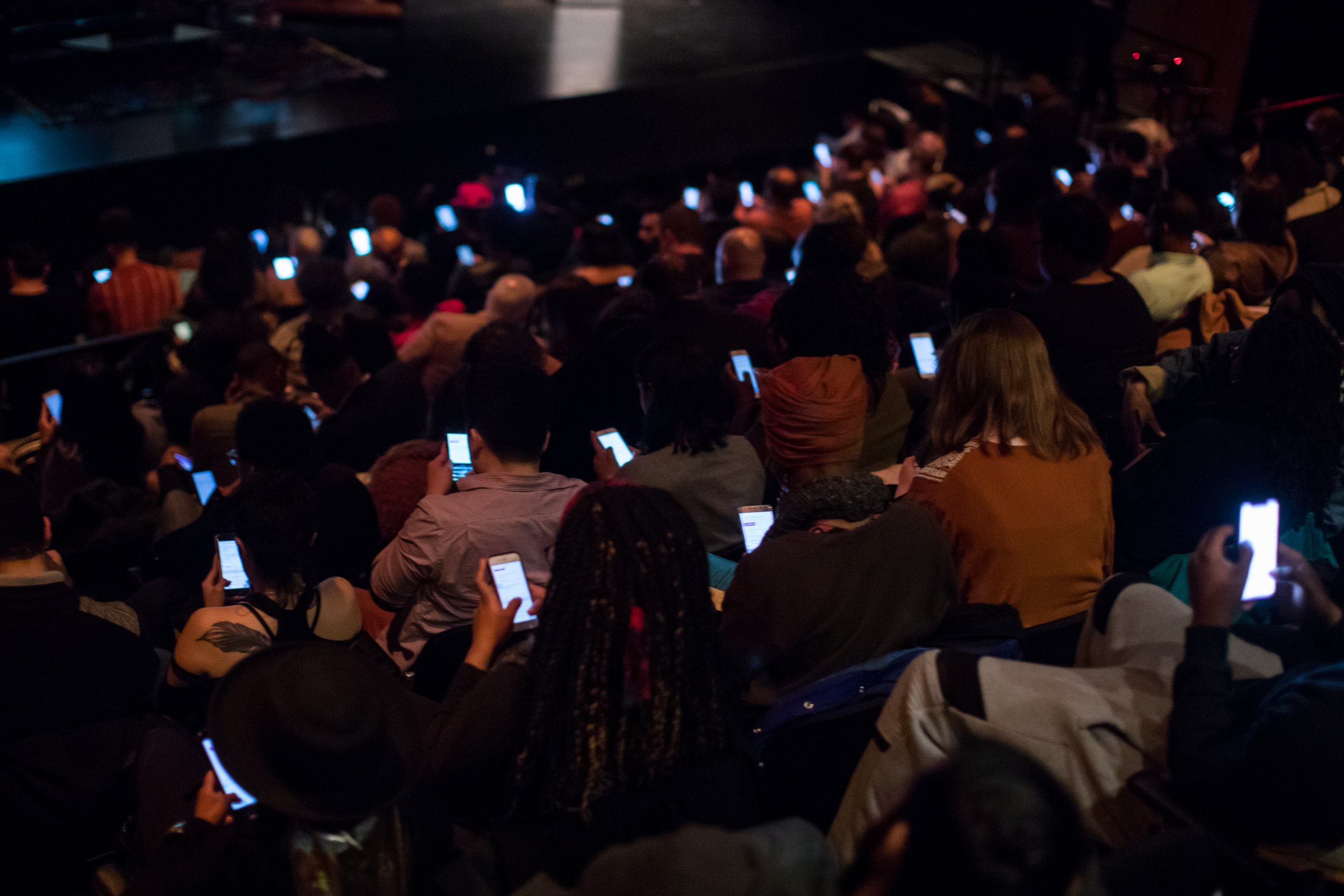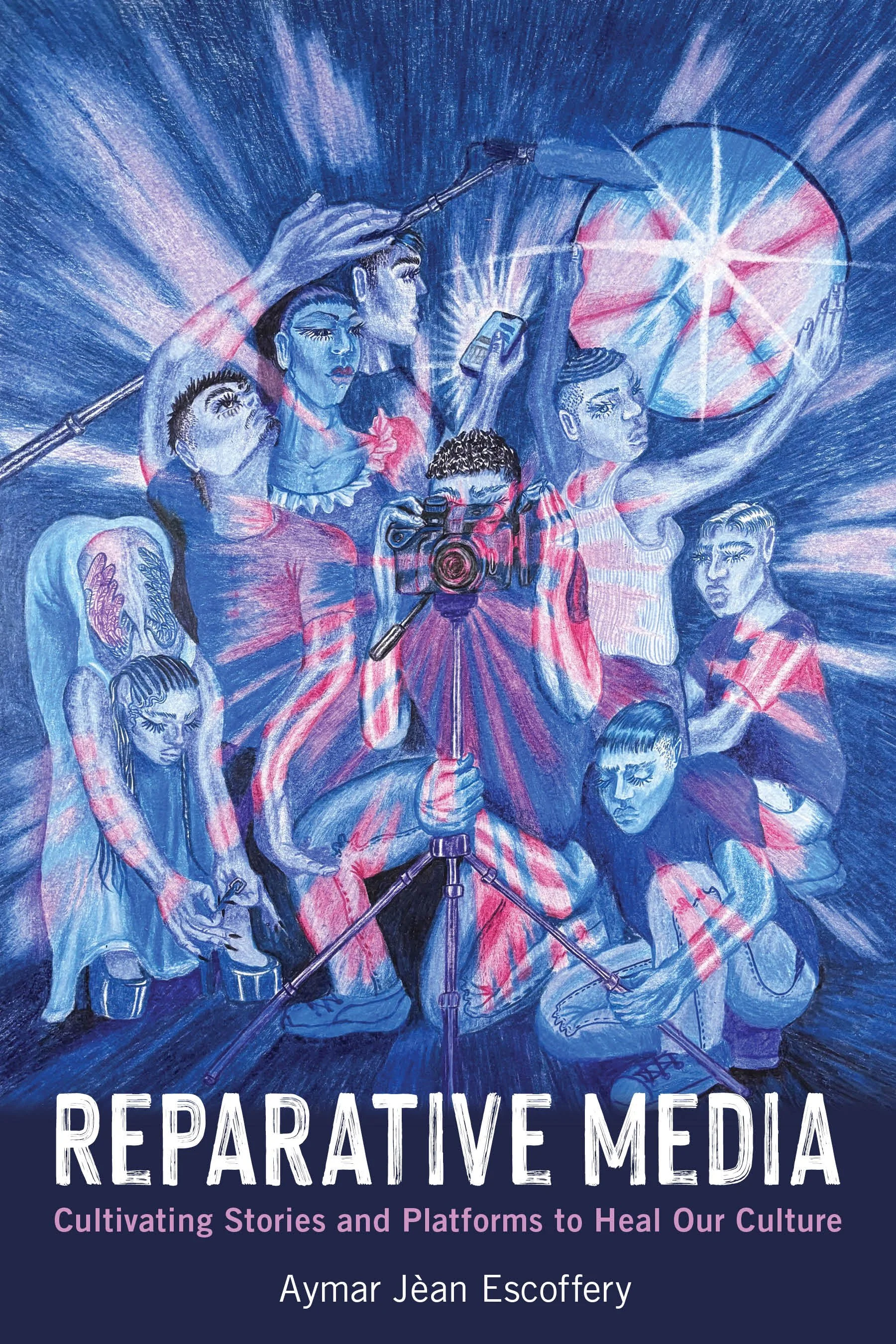
REPARATIVE MEDIA
CULTIVATING STORIES AND PLATFORMS TO HEAL OUR CULTURE
Available at The MIT Press for purchase & open access (December 2025).
We are more connected than ever before.
So why does it feel like our cultural divisions, our deepest collective wounds, are intensifying?
All around the world we are experiencing dramatic rises in hate and violence, even as media has never represented more races, ethnicities, genders, sexualities, disabilities, and nationalities. We are experiencing increasing political division at a time when we have more access to different perspectives via social media. We are experiencing more “misinformation” (or, propaganda) at a time when research productivity and access to knowledge has never been higher.
How can we explain these contradictions? Our cultural systems– media, technology, and information industries – are perpetuating harms. They platform ideologies promoting violence, hate and ignorance. They serve us films, television series and ads inspiring desires for money, status, and individual pleasure over our collective well-being. The ways systems serve us stories and information subtly but profoundly limit our ability to heal ourselves, our communities, and our planet.
Our culture needs deeper forms of healing. We need to cultivate interdependency and solidarity across different communities to repair the invisible and insidious effects of the great injustices whose origins predate any of us and whose effects shape our culture in ways none of us fully understand.
That systems can heal is not theoretical for me. I have seen it on a local level, where a community of artists and I have organically cultivated the media and technology we needed to repair what systems have done to us.
Reparative Media argues that repairing our culture means healing how we make media, how we connect through technology, and how we generate knowledge. It’s about the subtle, powerful ways institutions harm how we see & value ourselves, but also how we can work practically toward reparation. It is based on five years of deep, productive, and complex work co-creating an independent alternative to networked media platforms like Netflix: a Chicago-based channel called OTV | Open Television developed in solidarity with Black and Brown queer, trans and women-identified artists—professional cultural healers. I started this experiment with an open-ended question: can producing stories and developing platforms to support people who have been harmed by multiple, intersecting systems – racism, sexism, homophobia, transphobia, ableism, nationalism, ethnocentrism, classism, religious discrimination – heal those systems?
Reparative Media uses the cookout as a form of ancestral intelligence to show how communal ways of knowing can cultivate reparative media, technology, and research.
Reparative Media keynote lecture at the 2023Association of Internet Researchers conference.
I learned how much connection is possible, even in a divisive cultural climate, when we give power to those who have historically been denied it. OTV offers a case study for broader systemic changes that are clear and concrete, if only we can commit as much to repairing systems as we do ourselves. Like all processes for healing great wounds, reparative research & development (R&D) is not simple, easy or perfect, but its effects are immediate and backed by data.
Next we discuss reparative story development, or the power of developing film, television and online video stories informed by intersectionality. I show how I structured OTV to be a grassroots network, challenging the norms of how films and TV shows are developed in Hollywood. We see how disrupting the core aspects of Hollywood’s business model cultivates more complex, connective, and collective stories. Instead of taking intellectual property, we gave artists ownership of their own stories, and in turn they shared ownership with each other. Instead of locking artists into exclusive contracts, we shared ownership over distribution, cultivating specific online and local experiences that built connections and bonds. Our stories were trauma-informed but not traumatizing.
Reparative platform development harnesses community to counteract the structures of global, big data-driven social media platforms. Curating experiences and conversations locally and in-person offers critical lessons to Silicon Valley as they struggle to moderate social networks of millions of people. The triumphs and challenges of circulating our work on global corporate platforms, alongside the joys and struggles of connecting people in Chicago, shows how cultivating platforms for community requires a level of time and care that corporations have never attempted despite having enough resources to do so.
Reparative research holds story and platform development accountable. Researchers have a unique opportunity to experiment with cultivating different knowledge systems. We struggle to do this because of the ways universities incentivize short-term results and big data-driven or globally relevant theories developed by us for us. To create new systems, we must start locally and share power with communities who are surviving systemic harm. Experimenting locally scales our research so we can do it ethically, organically, and see the effects of our interventions in greater depth. I reveal my qualitative methods (interviews, surveys, focus groups, autoethnography, participant observation and participatory action research), quantitative data (demographics, social media data, social network analysis, views/attendance on screenings), and how I reconfigured them toward repair.
Reparative Media is a complex story. Pain and pleasure, scarcity and abundance, can coexist. As with healing, the process is more important than the result, and processes of repair can feel difficult even as we are getting better. It is both necessary and possible to open ourselves to new ways of developing stories, community and data to advance equity and justice in the 21st century. Reparative Media shows how, even in our pain, we can develop media (television), create platforms (tech) and organize our data (research) to heal our culture.
“Reparative Media takes us from Black activist spaces on Chicago’s segregated South Side to the Emmys in Hollywood and tech campuses in New York, revealing how the small, local and intersectional has tremendous reparative power in the global, digital age. ”


